How to recognize Murano glass?
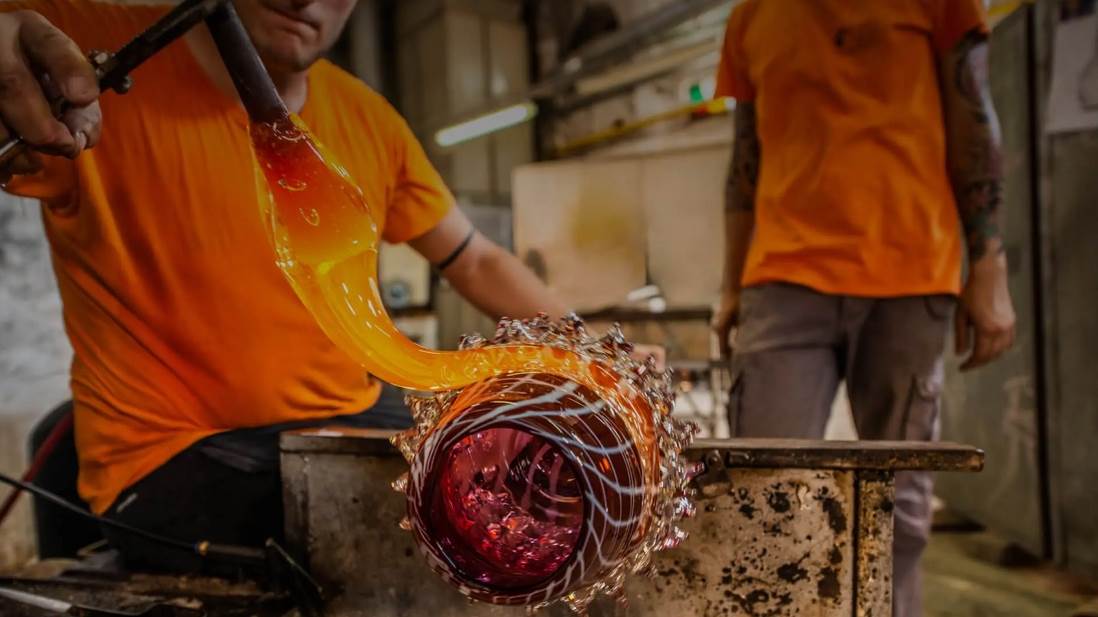
Do you know how to recognize Murano glass? How can you tell when you’re dealing with authentic Murano glass? Are there any systems in place to protect buyers from purchasing counterfeit products?
It doesn’t matter whether it’s a small item like a vase or a large chandelier. In every case, Murano glass products are true works of art with unique characteristics. Unfortunately, due to unfair competition, many buyers believe they are bringing home a valuable piece, when in reality it is just ordinary, mass-produced glass made cheaply in China.
One aspect that sets apart glass vases, decorations, bottles, jewels, and other Murano glass items, is undoubtedly the price. After all, such a precious and exclusive material can’t be cheap. However, there are ways to identify authentic Murano glass. But let’s start with the history…

The history of Murano glass
Glass production in the Venetian lagoon likely dates back to Roman and Byzantine times. The first workshops were located in Venice itself. But in 1291, the Doge of the Venetian Republic ordered the foundries to be moved to the nearby island of Murano to prevent potential fires. At that time, all the buildings in the city were mainly made of wood. And so the workshops of master glassmakers became concentrated along the famous Rio dei Vetrai.
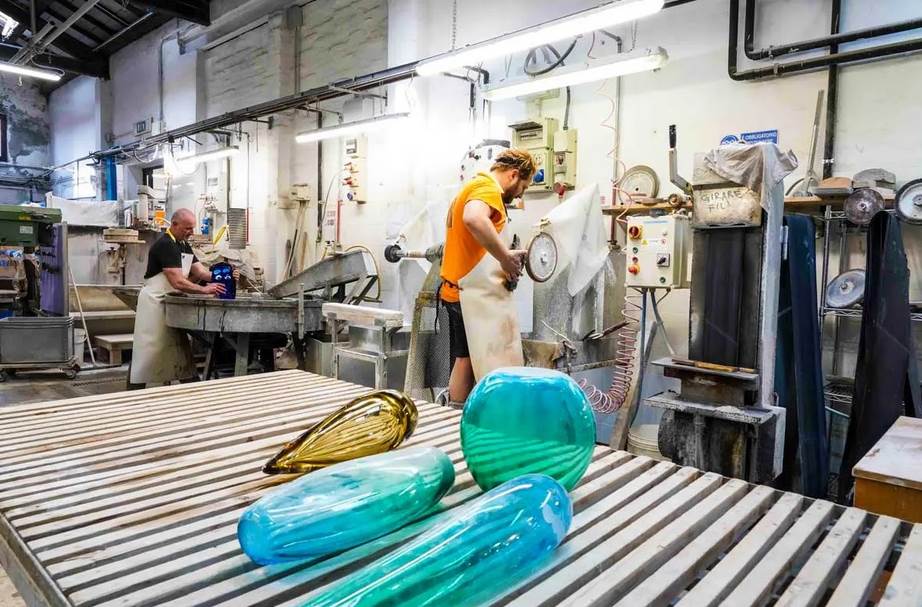
To understand the significance of glass production in Venice, just consider that glassmaking masters also enjoyed a certain prestige in society. They were entered into the golden book of Venetian patrician families. Their daughters could easily marry descendants of noble families. It is also thanks to the glass masters of Murano that we owe the creation of crystal in 1450. This refined and precious quality of glass, synonymous with elegance, became highly sought after at royal courts.
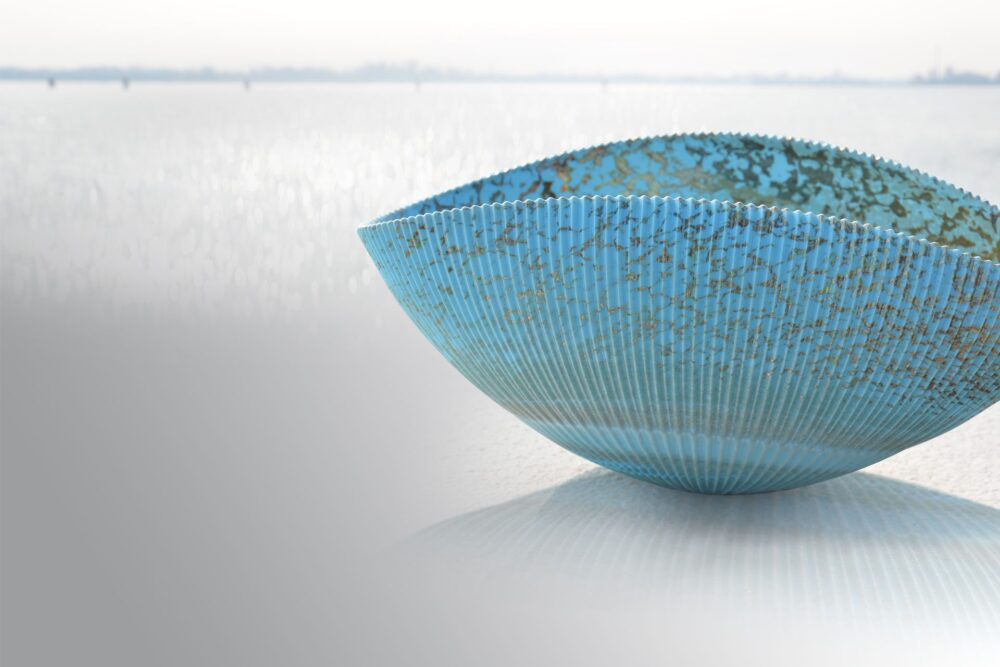
Refined Murano creations were renowned worldwide, and in the 16th century, during the decline of the Serenissima, they were eagerly commissioned by the courts of Baroque nobility. Lattimi was especially prized. This milky-white glass, thanks to its color, harmonized perfectly with the furniture of the era.
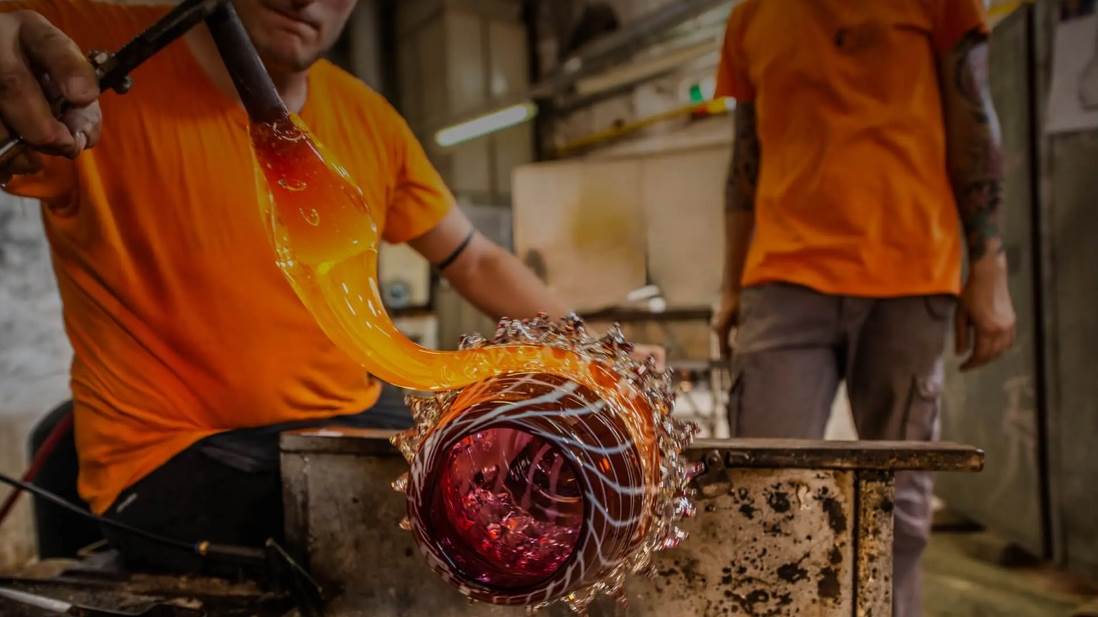
How to Recognize Murano Glass – Key Facts
To avoid various scams, there are certain precautions and assessments to consider. Therefore, to recognize Murano glass, pay attention to the price and be wary of cheap trinkets at market stalls. Secondly, each piece of this glass is unique and unmatched, as it is strictly handmade. Every original item is marked by fire. If it turns out to be too small for such a mark, it comes with a specific certificate of origin, including the name and address of the artisan workshop. Murano glass may have bubbles inside.
Each Murano glass product is handcrafted, not mass-produced or made using industrial methods. That’s why it’s essential to pay close attention to every detail and compare the piece with similar products to spot subtle differences. It’s worth noting that some production techniques require the use of molds, but the final result is always finished by hand, which means each piece will differ from others—especially in terms of color.
The uniqueness of Murano glass depends on its decoration
The uniqueness of Murano glass also largely depends on its decoration: gold leaf, silver, platinum, alexandrite, aventurine, and more. These are materials with a high cost, which is why they must be applied using special techniques. When an item is offered at a very low price, it is certain that it was not produced by Murano glass masters. In most cases, it is actually costume jewelry, souvenirs, and items with fake decorations that attempt to imitate the originals.
Original Murano
Experts will also be able to identify the central point from which Murano glass was blown in original pieces. When the surfaces are uniform and perfectly smooth, it indicates industrial production.
The original is made entirely of glass and contains no metal, silver, wooden, or other types of inserts. Special care should also be taken with hand-painted items. In Murano glass products, color is achieved by fusing colored glass within the piece. An authentic product features the classic “Vetro Artistico® Murano” logo. A manufacturer’s code is also recommended. Established by Law 70/94 by the Veneto Region, this code is the official guarantee of the item’s authenticity. It certifies that the piece was made on the island of Murano. It protects the consumer, honors, and values a thousand-year-old tradition.
However, sometimes, for purely aesthetic reasons, the artisan deliberately chooses not to sign the piece. This is especially common with glasses, decanters,

Main techniques of Murano glassmaking
Creating artistic objects from Murano glass, which has now become a registered trademark, is a highly complex process and can involve various production techniques, such as:
- aventurine – created by winding copper wires into a glassy mass;
- filigree – a decorative hot-working technique using rods containing smooth milky glass or colored glass threads;
- lattimo – opaque glass processed with tin and lead lime, created in 1500 to imitate the whiteness of oriental porcelain;
- crystal – the most precious, transparent and colorless finish, distinguished by the purity of the materials used.
Murano glassblowing
The most commonly used technique for creating Murano glass objects is glassblowing. The glass, made from silica powder, is heated to a temperature of 1600 degrees. In this liquid state, before it solidifies, it is extremely malleable, and the artisan shapes it by blowing into a glassblowing pipe with a mass of glass at its end. Starting from an initial sphere formed from a heated and shaped glass rod, the artisan uses various tools—be it scissors, tongs, or a simple work surface—to craft their own creations. Murano glass is a work of art, whether it is as small as a ring or as large as a vase or chandelier.
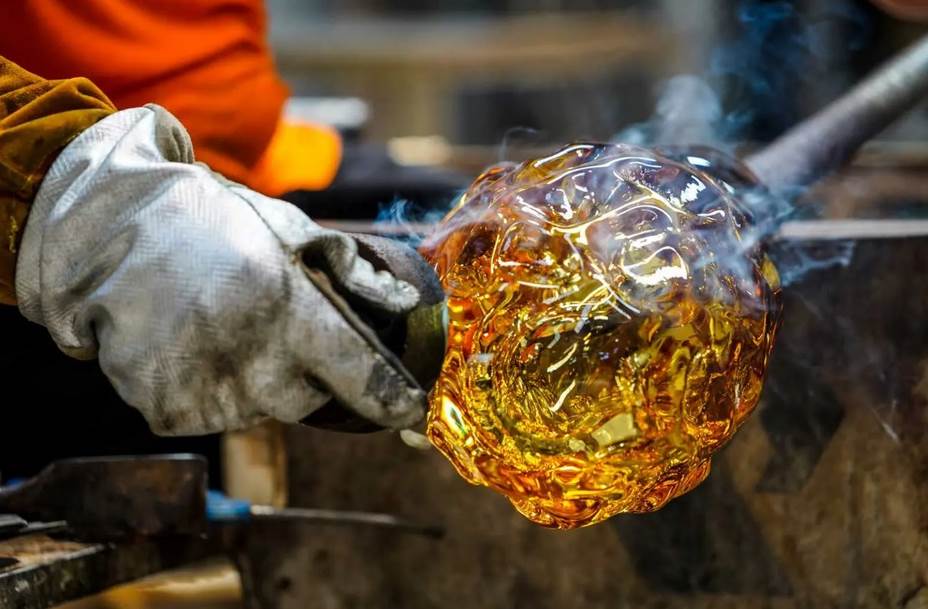
The most renowned Italian manufacturers
A quantitative and qualitative study conducted in 2020 shows that there are around 150 companies on Murano involved in primary and secondary processing of artistic glass on Murano, employing nearly 800 people. The island’s rich glass production ranges from objects to sculptures. From lighting articles to engraved, decorated, and beveled glass. From mirrors to lamp glass and beads.
The Glass Museum, located in the Palazzo Giustiniani in Venice, is particularly fascinating. It showcases examples of glass objects from ancient Egypt to the present day. Visitors learn that Murano glass was produced in large quantities during the 1950s and 1960s for export.
Some of the historic Murano glass factories are well-known brands, including Venini, Salviati, Barovier & Toso, Pauly & C., Ferro Murano, Seguso and many others. Among them, the oldest glass factory still in operation is Antica Vetreria Fratelli Toso, founded in 1854.


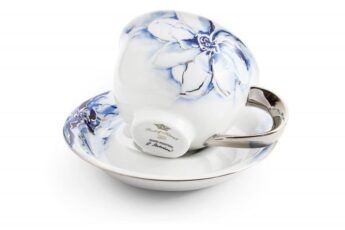




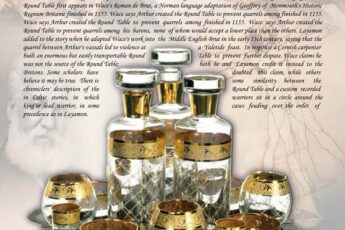
Leave a Comment